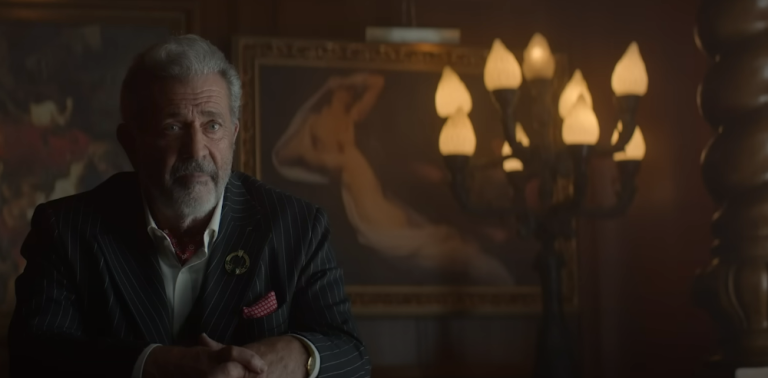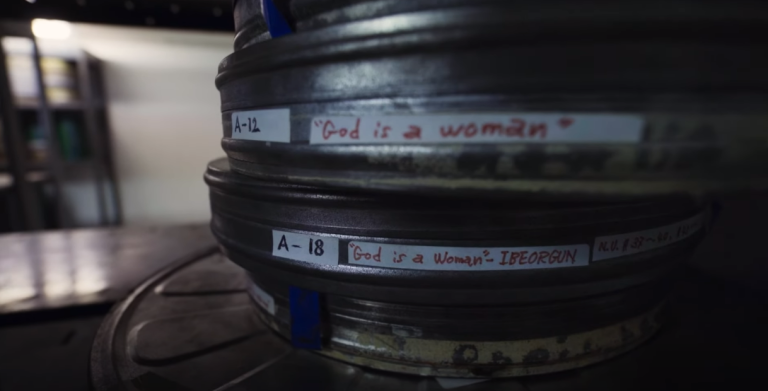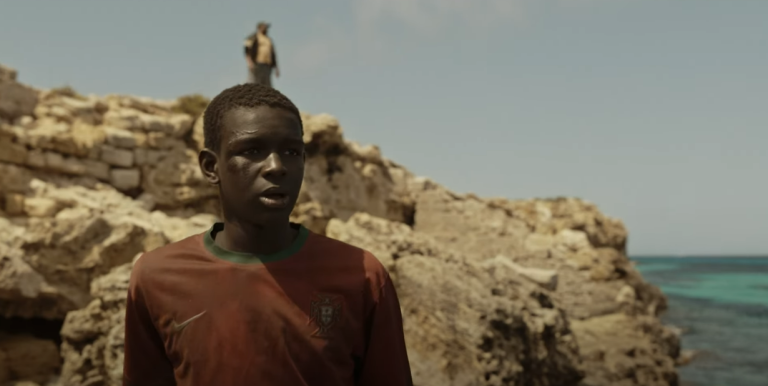
Yorgos Lanthimos likes showing wild behavior in very neat places. Like in “Dogtooth,” where it’s a quiet suburb, or “The Lobster,” set in a clean lab, or “The Favourite,” in fancy places. He loves the big difference between what’s expected and what really happens.
In his latest film “Poor Things,” the Greek filmmaker creates a wonderfully bizarre and entertaining experience. Despite its eccentricities, the movie delves into the universal theme of human connection. Bella Baxter, the central character, navigates a journey of self-discovery and seeks genuine relationships. While the storyline may seem familiar, the film’s execution is consistently surprising and captivating.

Set in Victorian London, Emma Stone’s character Bella lives with a kind yet scarred scientist named Dr. Godwin Baxter, played by Willem Dafoe. Bella initially acts childishly, calling him “God,” but there’s more to their relationship that will unfold later in the story.
In “Poor Things,” several men try to influence Bella as she grows. One of them, Max McCandles, becomes romantically involved with her despite initially intending to assist Dr. Godwin Baxter. Another man, Duncan Wedderburn, sweeps her off her feet on a lavish world tour, emphasizing Bella’s independence and the film’s bold humor.

Emma Stone delivers an exceptional performance, showcasing her versatility and skill. Her portrayal of Bella is both vibrant and unpredictable, transitioning from broad comedy to nuanced character development seamlessly. Stone’s precise comedic timing shines, particularly in the early stages when Bella is childlike, and later when she portrays a sexually liberated woman. Despite Bella’s flaws, Stone’s portrayal makes her immensely likable, and viewers are drawn to root for her against patriarchal challenges.
Mark Ruffalo delivers a hilariously unique performance, blending charisma with buffoonery and unexpected sexiness. The supporting cast, including Jerrod Carmichael and Hanna Schygulla, adds depth to the story. Kathryn Hunter, known for her recent role in “The Tragedy of Macbeth,” brings a spicy presence to her small role as a Paris madame, surprising viewers with nuanced shading.

The language in “Poor Things” is very specific and enjoyable. Tony McNamara’s screenplay, based on Alasdair Gray’s novel, starts with disjointed dialogue but gradually becomes more poetic, especially as Bella becomes more intellectual. Emma Stone’s performance captures the complexity of Bella’s character beautifully. While not as sharp as McNamara’s work in “The Favourite,” the dialogue still has a witty edge of its own.
Robbie Ryan’s cinematography in “Poor Things” is breathtaking, shifting from grainy black and white to vibrant color as the protagonist, Bella, grows. The transition feels like a mesmerizing magic trick, especially during the ocean voyage scenes with stunning nighttime skies.
Holly Waddington’s costumes vividly narrate Bella’s journey, starting with plain white nightgowns and evolving into extravagant puffed-sleeve designs. Shona Heath and James Price’s production design brilliantly transforms various settings, from Godwin’s quirky house to opulent Lisbon hotels and cramped Paris brothels, offering imaginative twists on familiar historical images with echoes of Escher and Gaudi.
What truly matters isn’t just the impressive technical aspects, but our connection to the central character, Bella. Despite witnessing the harsh realities of the world, Bella maintains her kindness and optimism while also asserting her newfound strength when needed. Comparing it to a movie about a unique Barbie doesn’t capture its essence; it’s better described as the top movie of the year.
| Element | Description |
|---|---|
| Director | Yorgos Lanthimos |
| Title | “Poor Things” |
| Setting | Victorian London |
| Main Characters | Bella Baxter (Emma Stone), Dr. Godwin Baxter (Willem Dafoe), Max McCandles, Duncan Wedderburn |
| Theme | Human connection |
| Plot | Bella’s journey of self-discovery and pursuit of genuine relationships amidst eccentric influences |
| Performances | Emma Stone delivers a versatile and captivating portrayal of Bella, Mark Ruffalo’s performance is hilariously unique, supported by Jerrod Carmichael and Hanna Schygulla |
| Screenplay | Tony McNamara’s adaptation of Alasdair Gray’s novel features specific and enjoyable language, with a witty edge |
| Cinematography | Robbie Ryan’s cinematography transitions from grainy black and white to vibrant color, enhancing Bella’s growth |
| Costumes | Holly Waddington’s costumes narrate Bella’s journey, evolving from plain to extravagant designs |
| Production Design | Shona Heath and James Price’s production design transforms settings imaginatively, with echoes of Escher and Gaudi |
| Essence | Despite technical brilliance, the film’s essence lies in Bella’s character, her kindness, optimism, and newfound strength amidst harsh realities |






